Nara
The first thing we saw the morning we walked to the park with all the deer in it was some guy with his fancy camera throwing a bunch of deer food on the ground to assemble a crowd of deer. He then proceeded to kick them into the composition he was working on within the view finder. I was hoping one of the deer would kick him back but it didn't happen while we were watching humanity at its finest.
That was our first introduction into how humans and deer live together in Nara and it was not how I imagined our deer park breakfast experience would be. I should add this was the only time I saw people or deer acting violently towards one another. Although there were a lot of signs in the park warning about violent deer. See below:
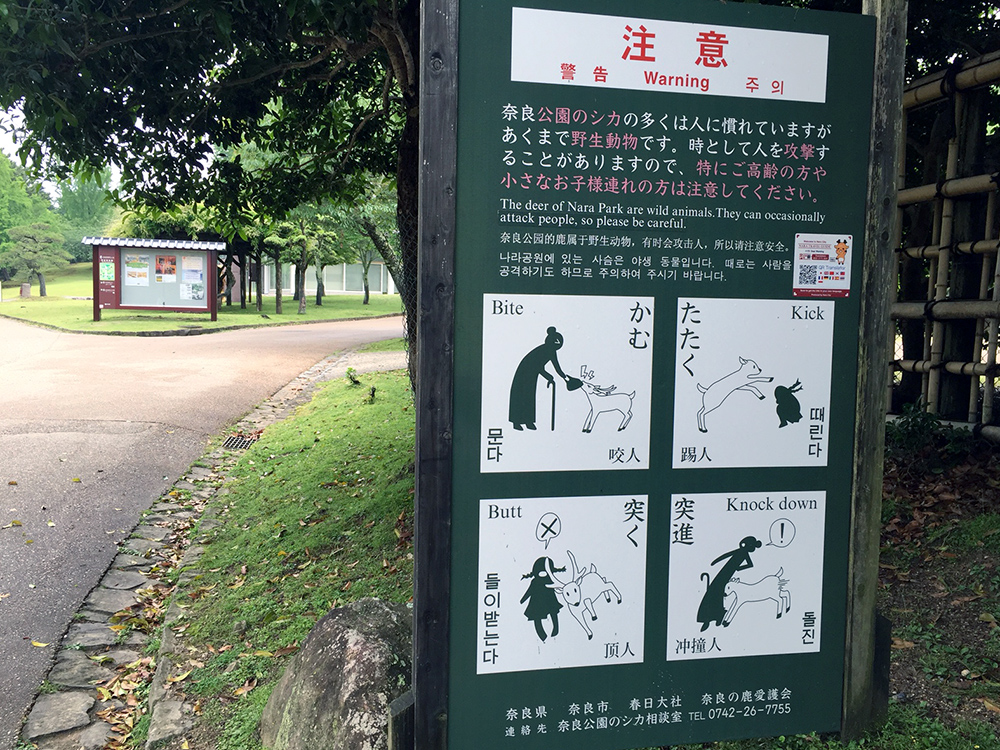
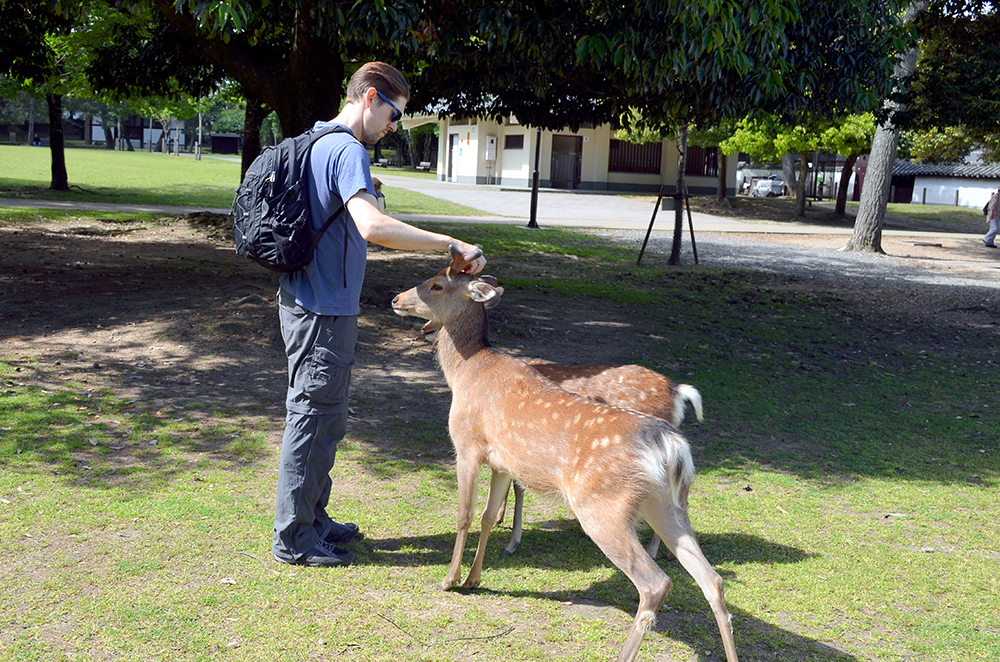
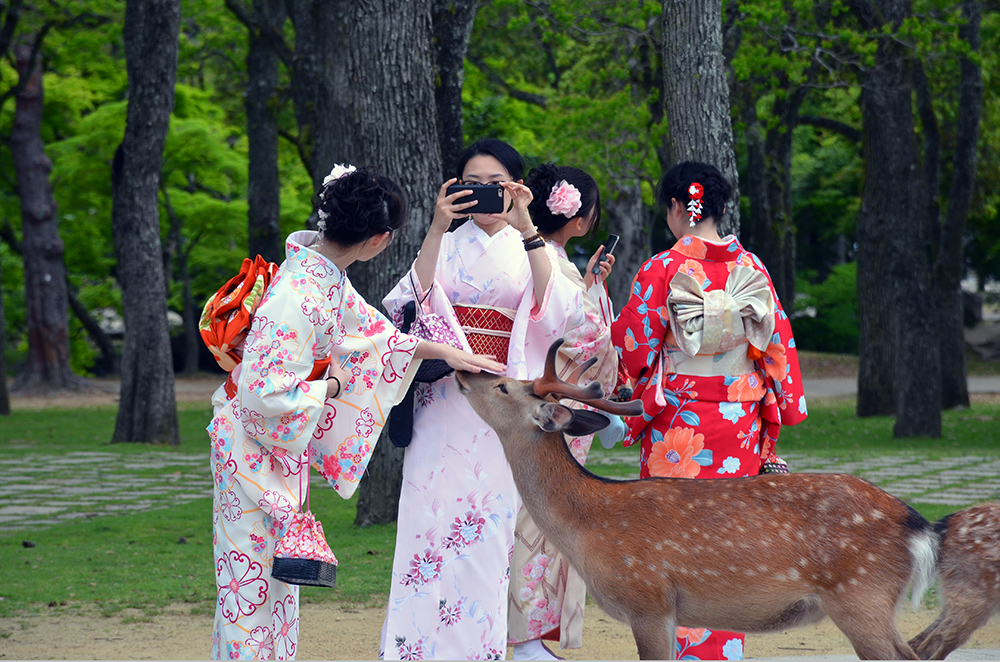
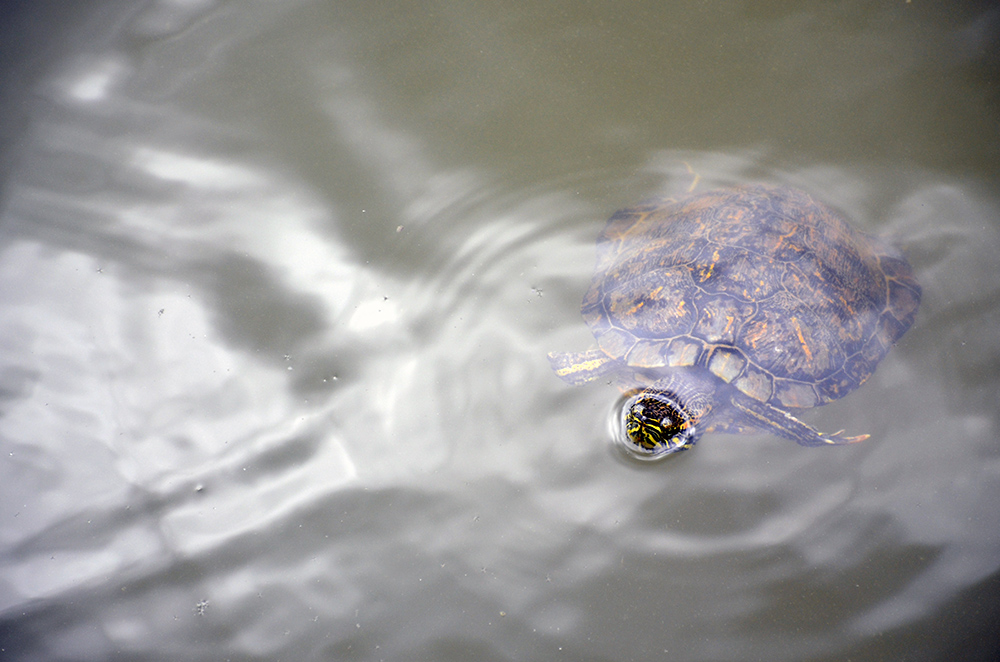
We stayed in Nara for three nights, which allowed plenty of time to explore the city and the giant deer park. One morning we walked through the forest to see the view from the top of the hill in the park. Other than a nice view, we were also rewarded with seeing more deer!
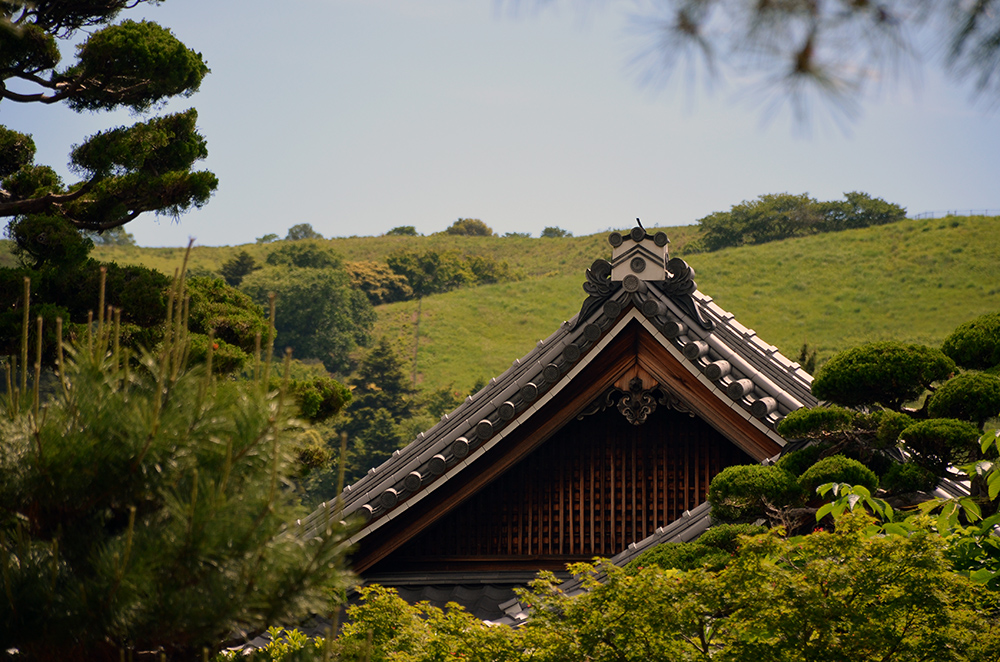
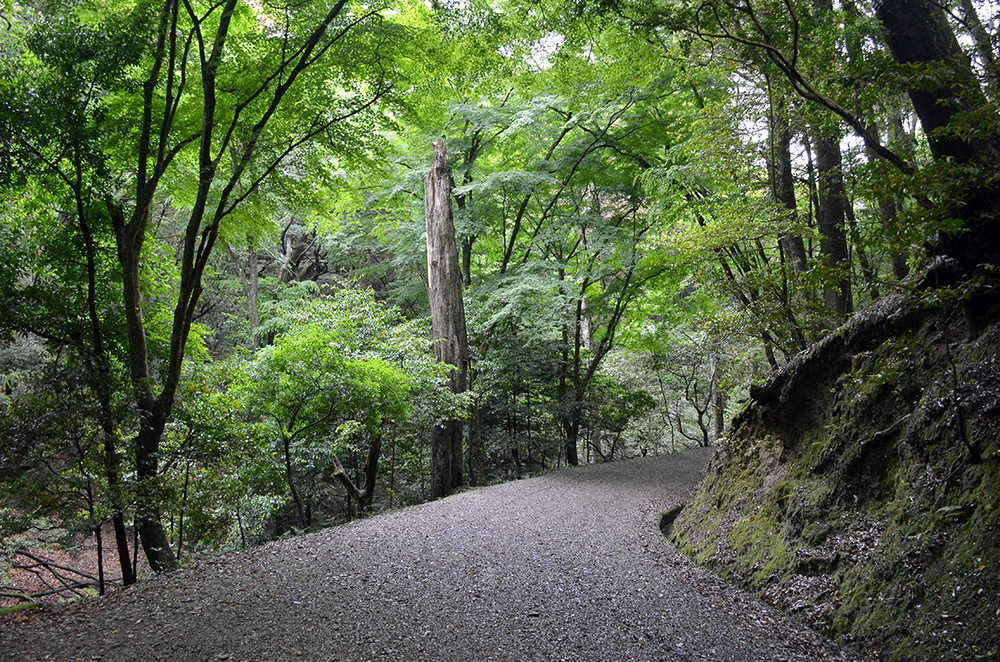
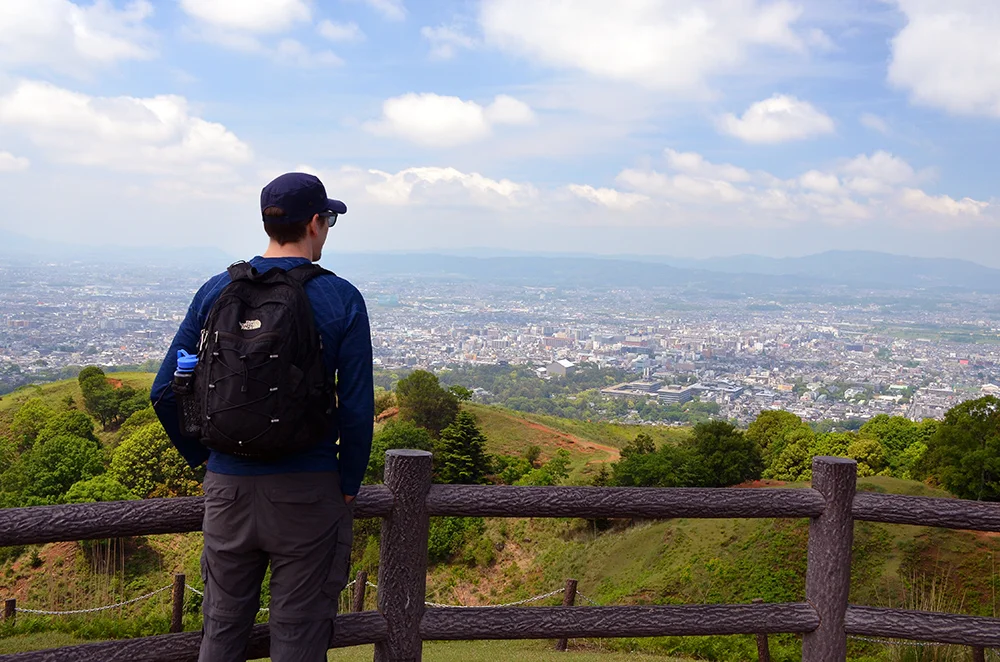

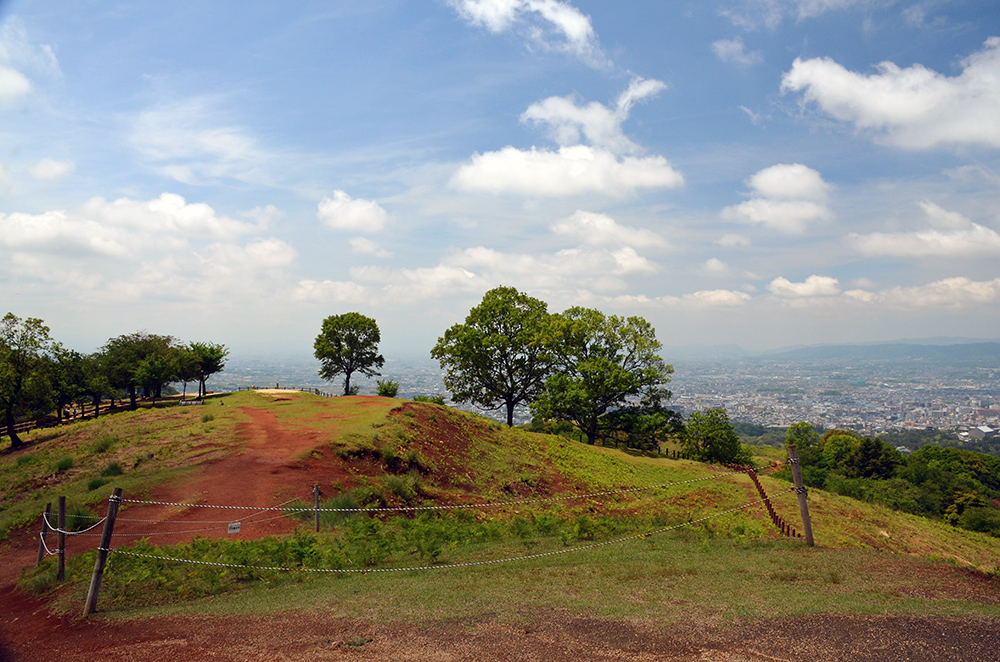
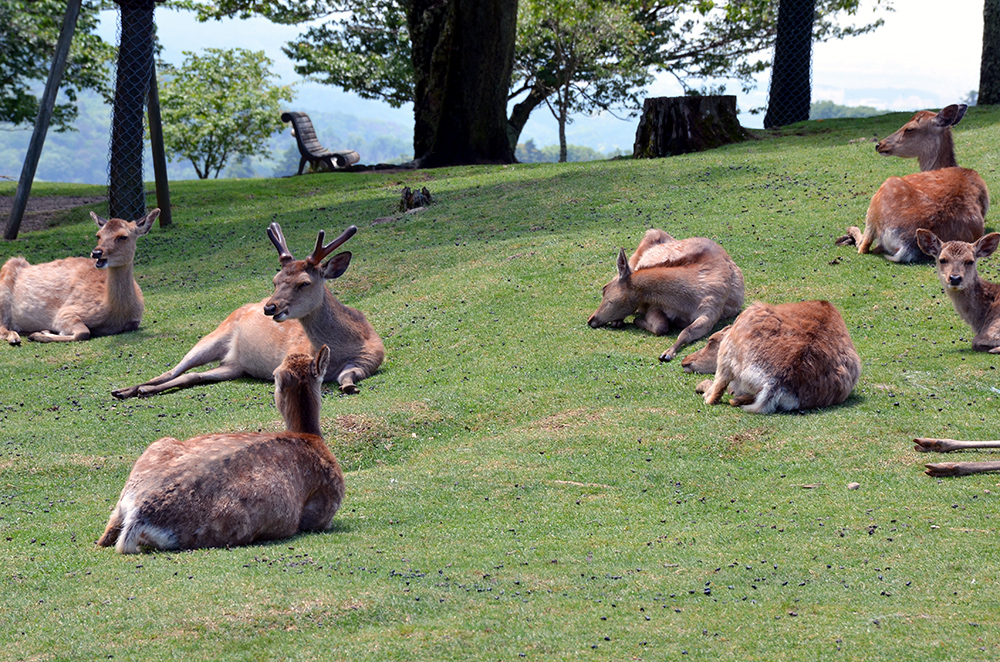
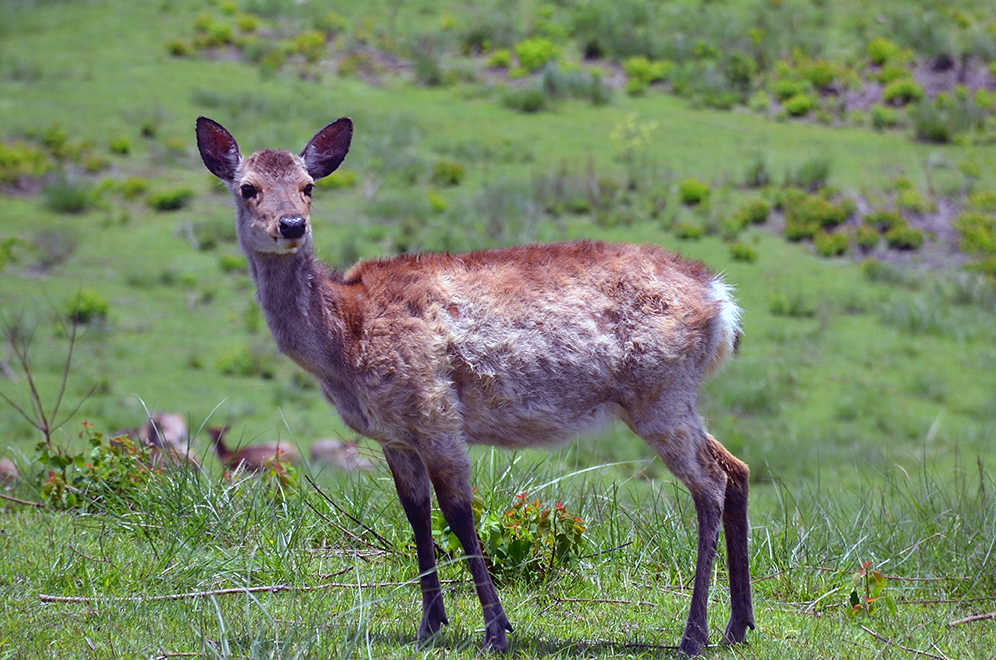
Besides watching colored carp and turtles, I think feeding the deer at Nara was one of my favorite retiree activities. I’ve started referring to us as retirees since our days consist of walking through parks, drawing and watching fish in ponds. After the kids on field trips, we are usually the next oldest population at the parks.
Also located in the big deer park is Todaiji Temple. It's a big wooden temple that was originally constructed in 752 but, like most old wooden buildings in Japan, it burned down once or twice and its current construction is 1/3 smaller than the original. However, it is still the world's largest wooden building. It's an interesting space and we spent some time walking around and taking in all the large wooden sculptures and the very large Buddha housed inside.
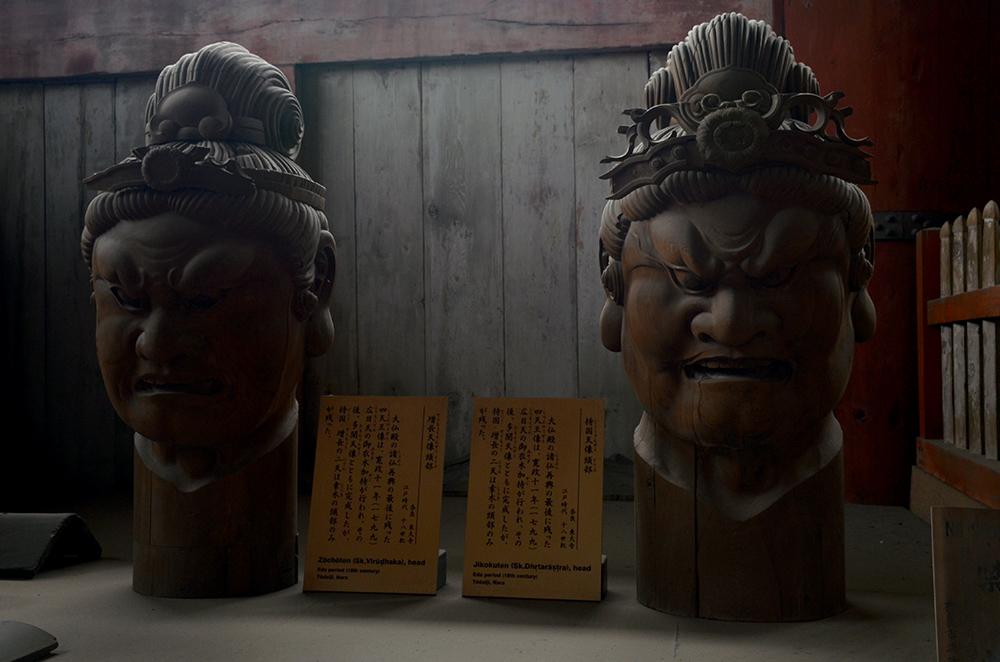
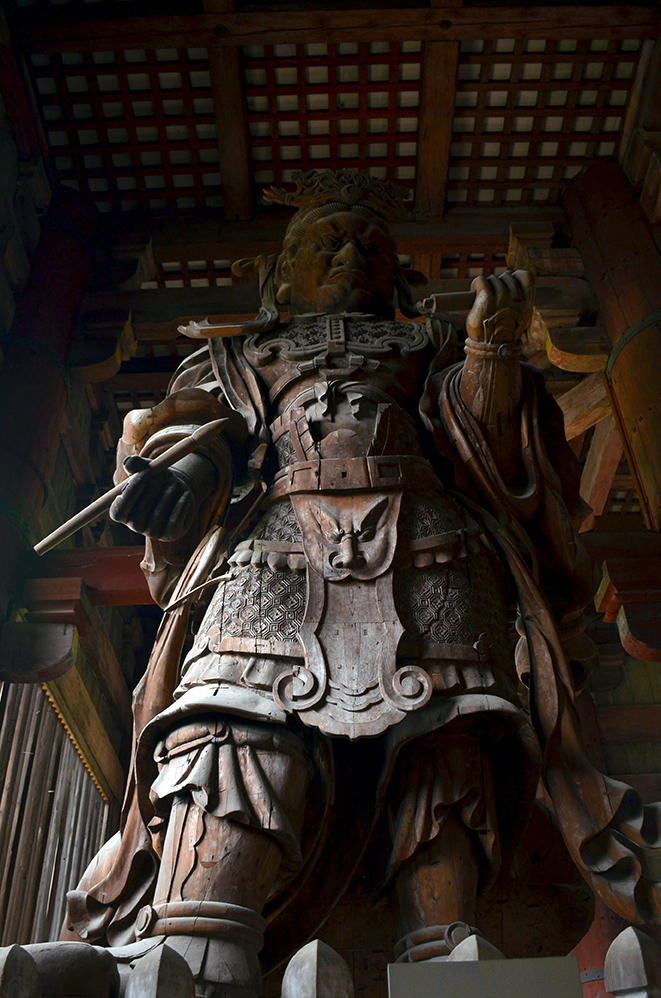
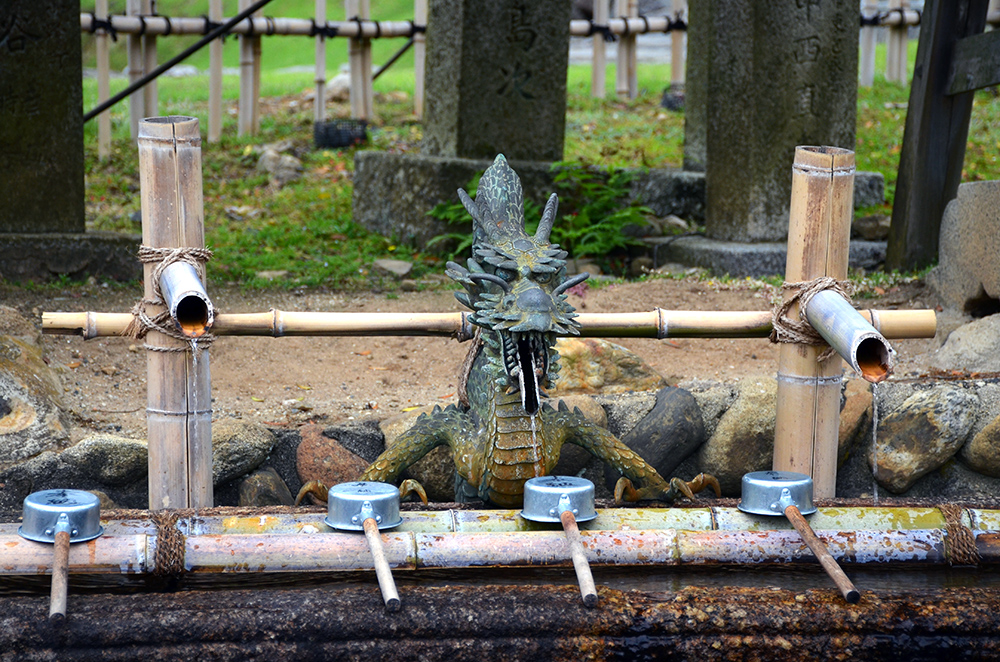
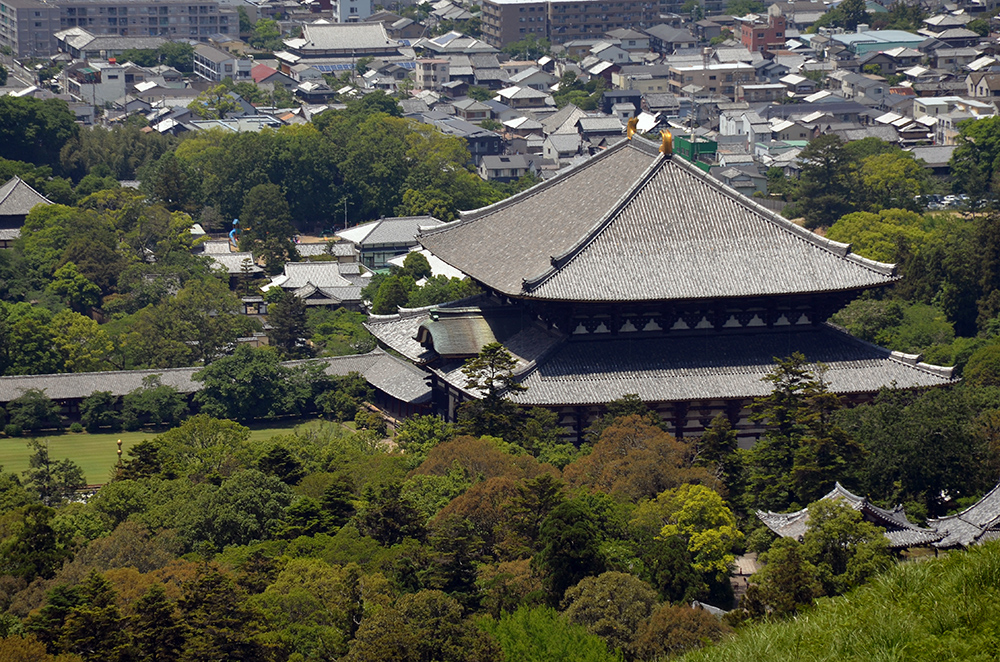
Strangers in Japan will give you presents. Free postcards, origami, packs of tissues. I’ve found all the Japanese peopled we’ve met to be very pleasant and helpful even when there's a significant language barrier. (And there was always a significant language barrier since I don’t speak Japanese and most people we met did not speak much English.) Also, the Japanese who don't speak English, don't speak English. They'll just keep speaking Japanese to you. In Vietnam, people who didn't speak English would eventually stop speaking Vietnamese and resort to miming and pointing to communicate. Not the Japanese. They just keep smiling and speaking full on sentences of Japanese at your smiling confused face. I respect that.
Our host in Nara recommended a great little izakaya where we ate and drank shochu. It was a small place with about 10 seats at a counter that wrapped the entire space. Luckily for us, one of the kitchen staff spoke some English and helped us order the special: sashimi. It was delicious of course. The french horn player seated next to Ryan gave us recommendations of which places to visit in Nara. He also shared his favorite sake with us. We even got chocolates because it was someone’s birthday and they were celebrating with cake and chocolates. As we were leaving they gave us postcards of the outside of the bar as presents. (Of course they did!)
Another day we road bikes to one of the temples the french horn player recommended, located at the top of a hill. On our way we stopped at a little restaurant that looked like a bicycle repair shop from the outside. The menu consisted of only Japanese Curry, which I thought might be a mistake but like the rest of the food from Japan, ended up being delicious! While we were there another restaurant/bike repair shop customer stopped in for lunch. He was suited up in his bike kit and looked very professional. Also, he was in and out of there way before us. One of the things we learned in Japan is the Japanese eat super fast! Ryan thought he was a speedy eater until we landed in Japan. Most places we finished eating in second place when compared to everyone else.
As we were leaving the woman running the restaurant ran outside to take our picture because she was very happy we rode bikes there. I guess we're on the internet somewhere smiling outside of this place.
The temple grounds were as relaxing as the french horn player promised. We sat around and sketched for a while looking at the city from the top of the hill. It was nice to be in a space not overrun with visitors for a couple hours.
We also walked around old town, taking pictures and visiting some of the traditional shops and houses. Walking around and taking pictures is also a good retiree activity.
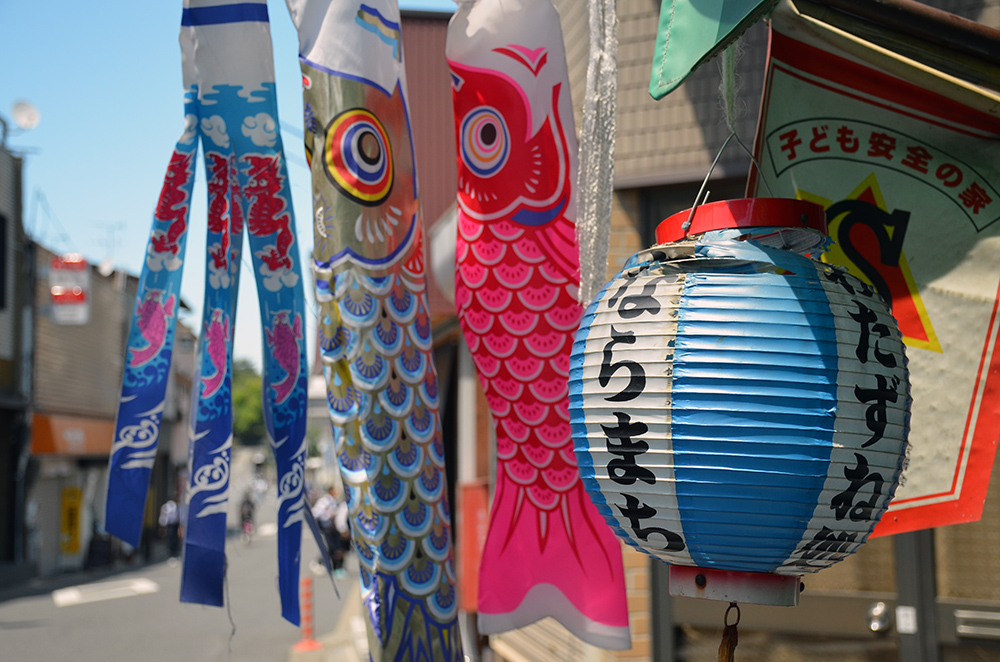
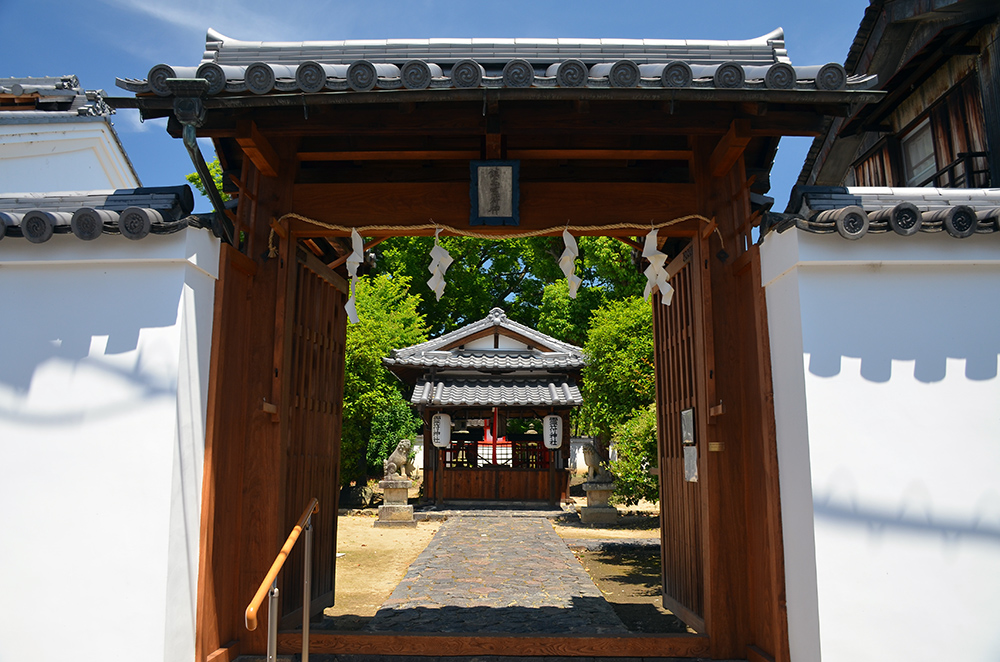
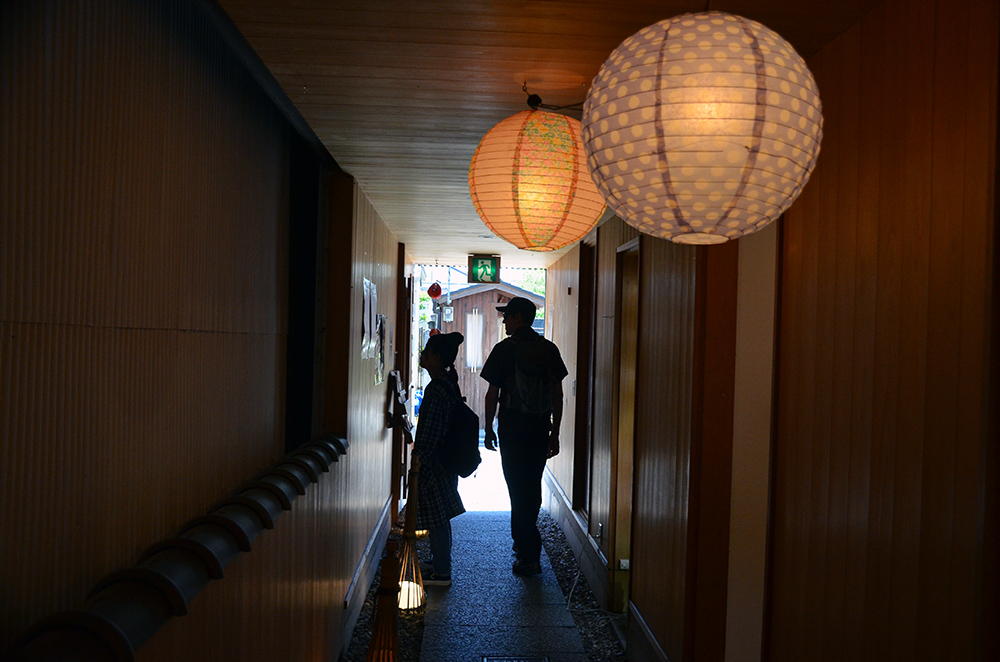
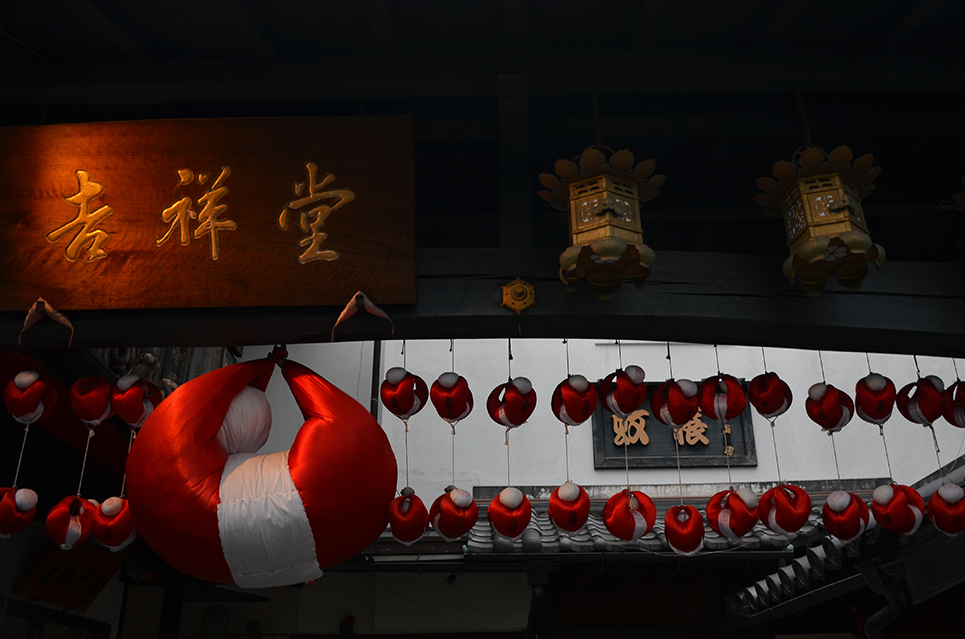
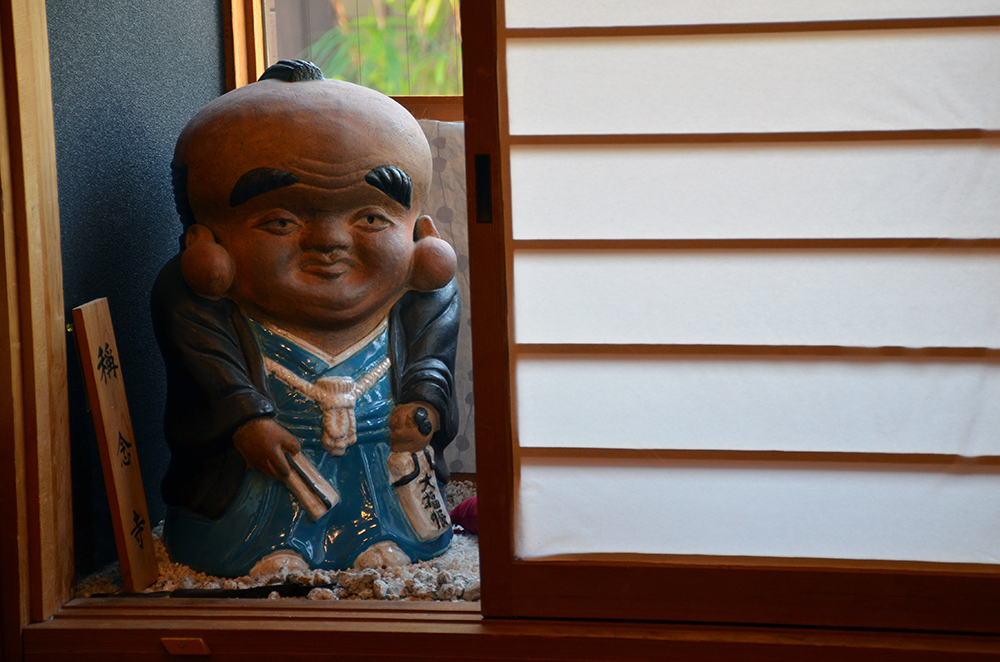
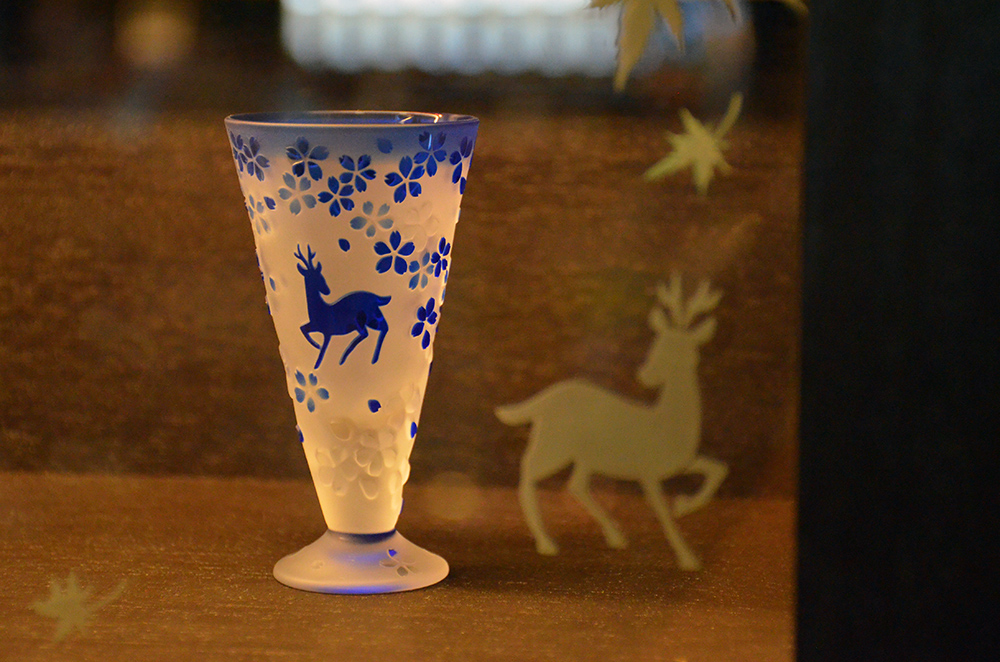

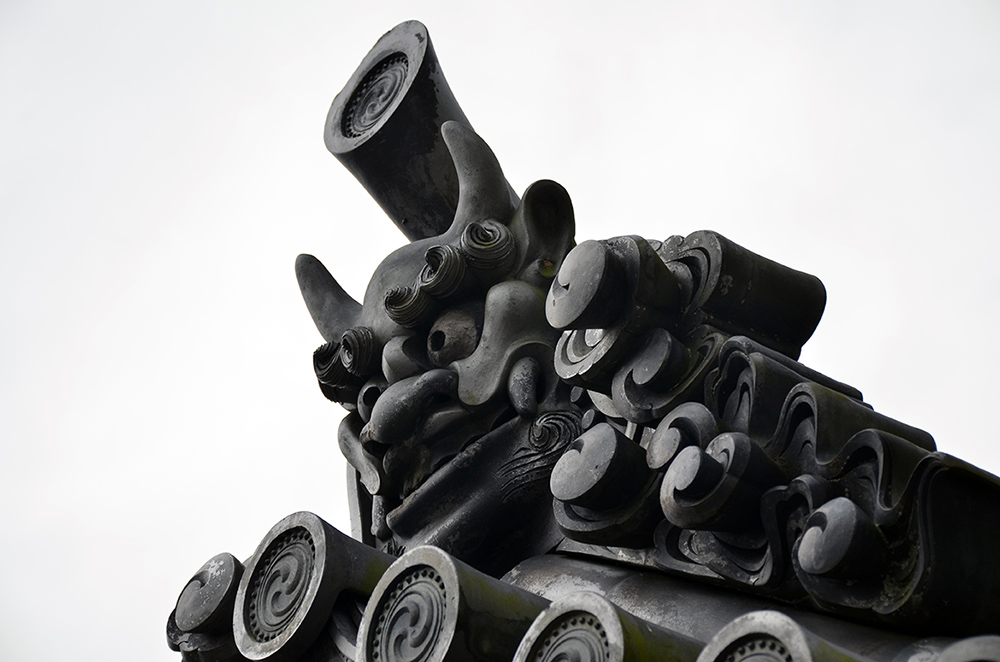
Kyoto
As one of the only major cities in Japan to be spared the devastation of WWII, Kyoto is another place you can walk around and get a sense of what Japan was like long ago. There are several large shrines and temples to visit as well as traditional old towns. Similar to Nara, we spent a lot of time walking around and taking pictures. Oh, and there's a big old GOLD shrine in Kyoto!
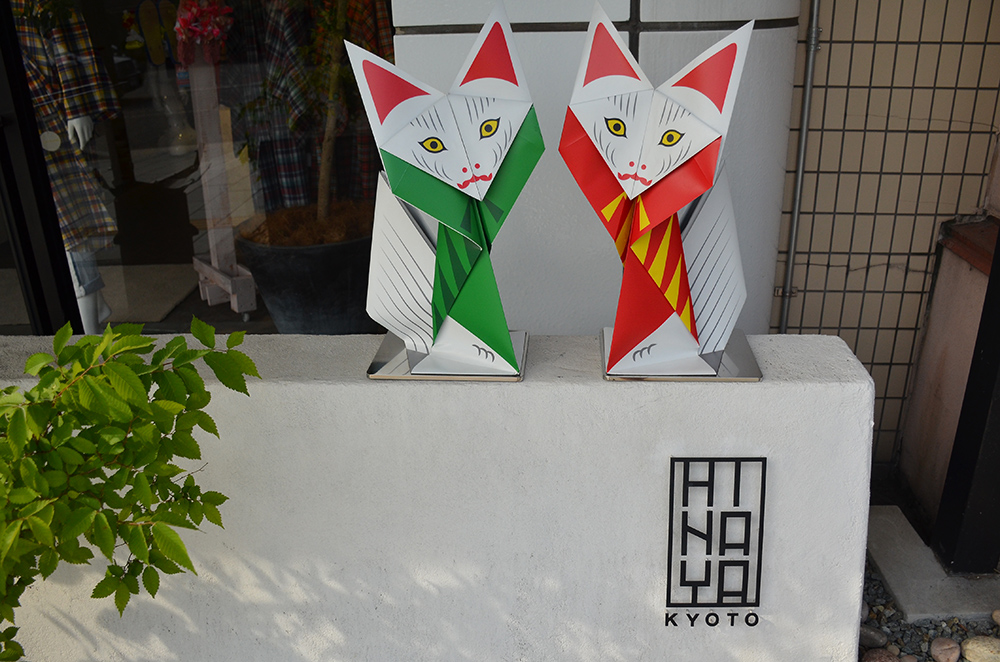
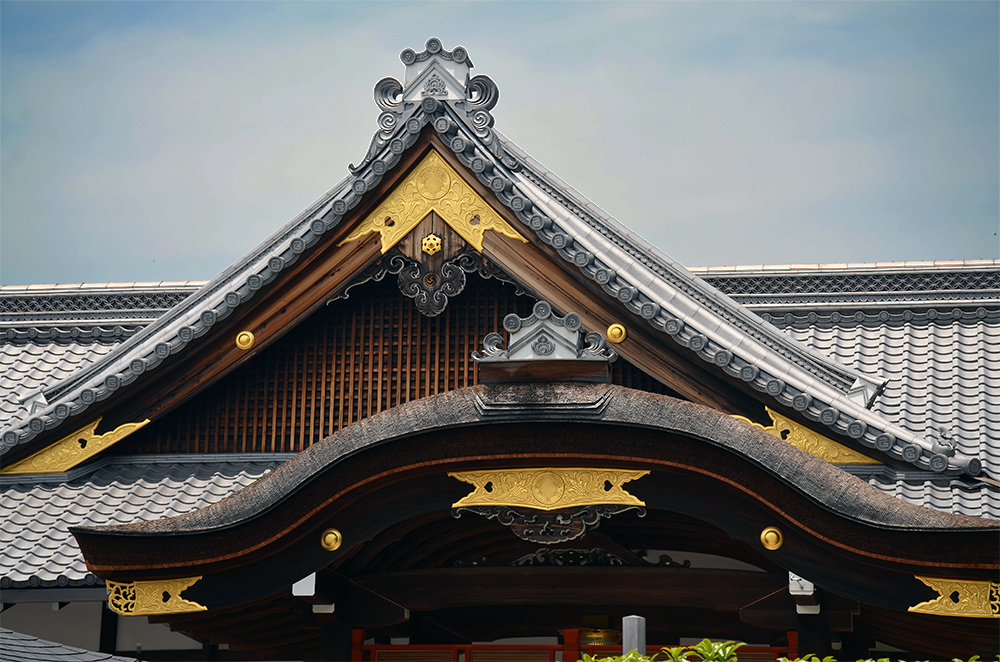
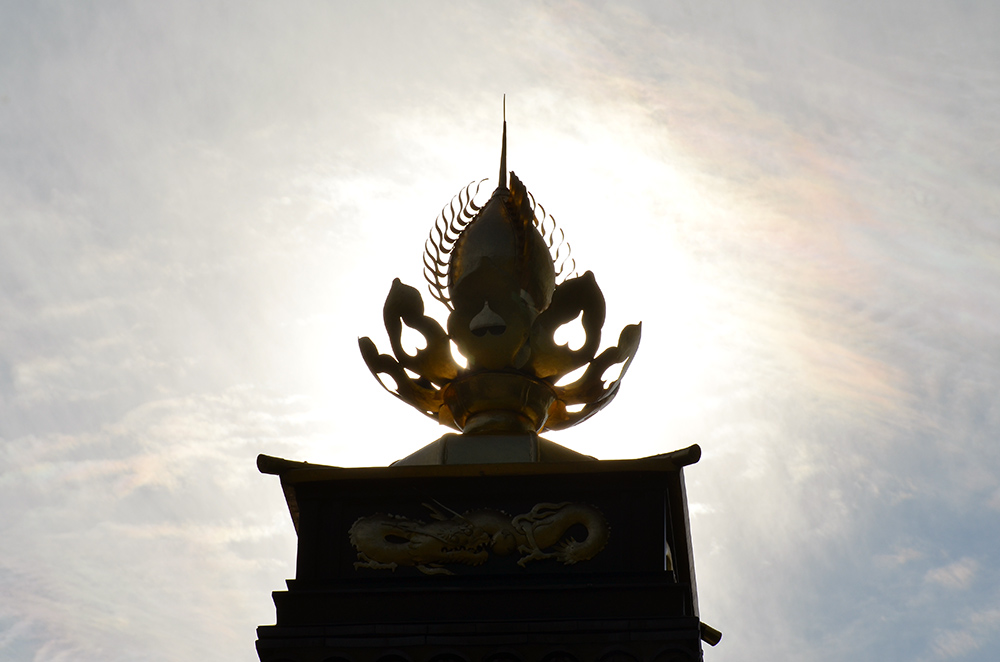
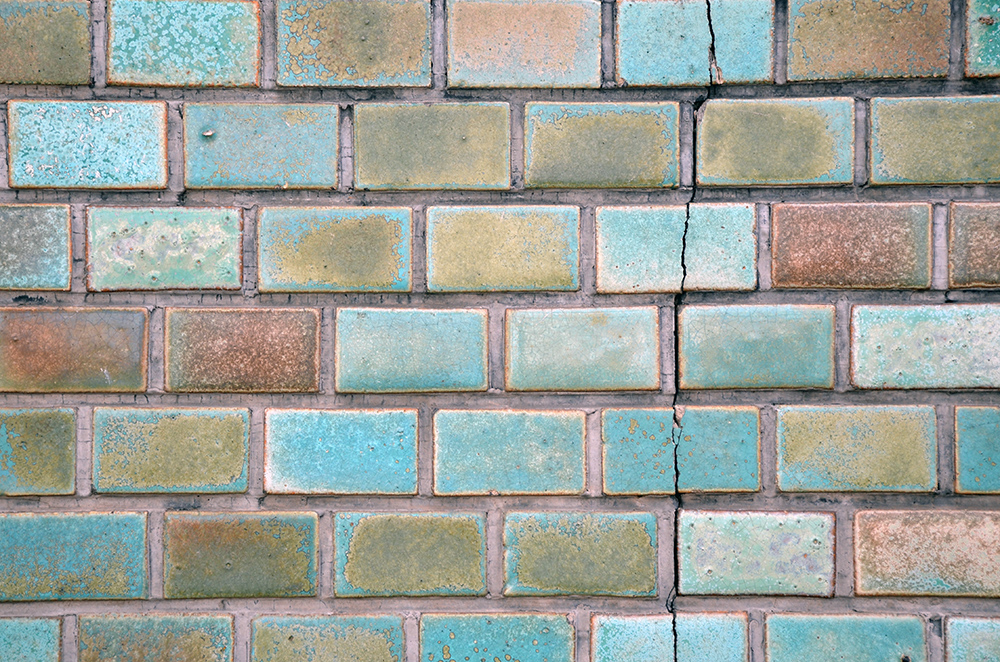
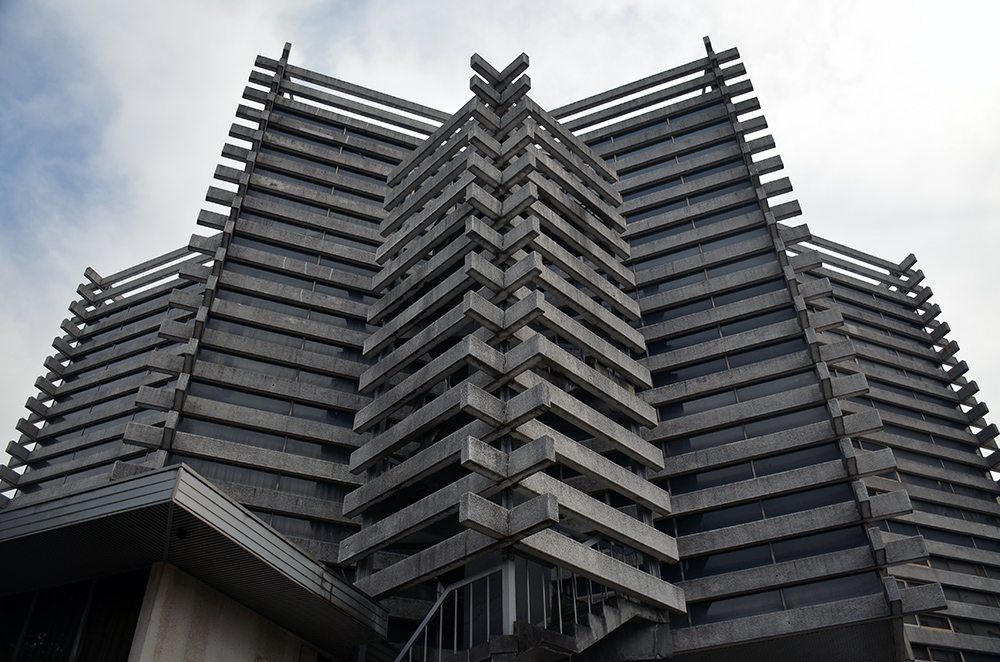

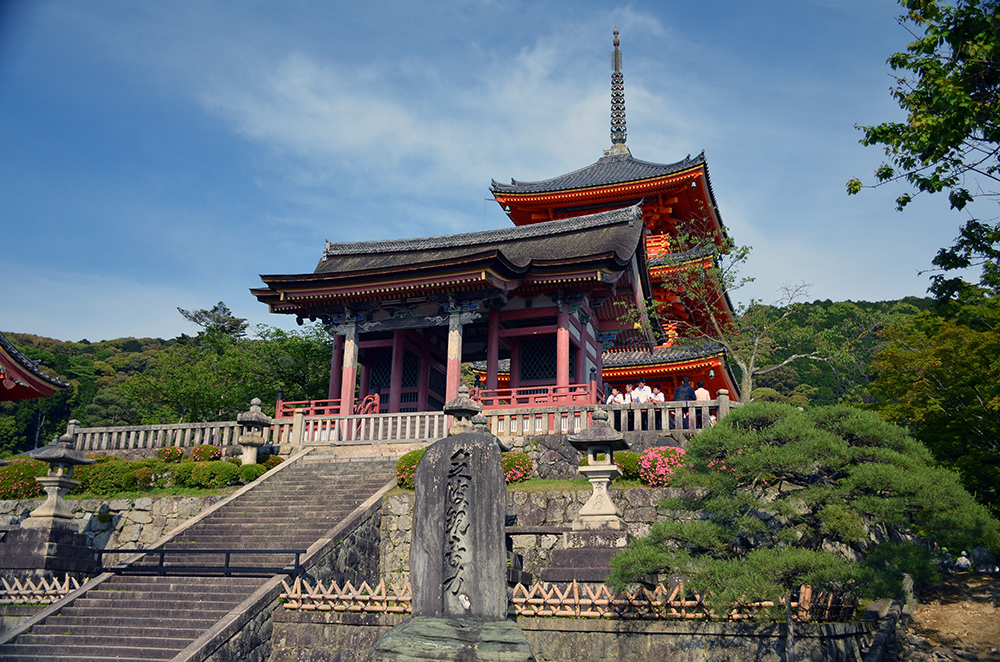
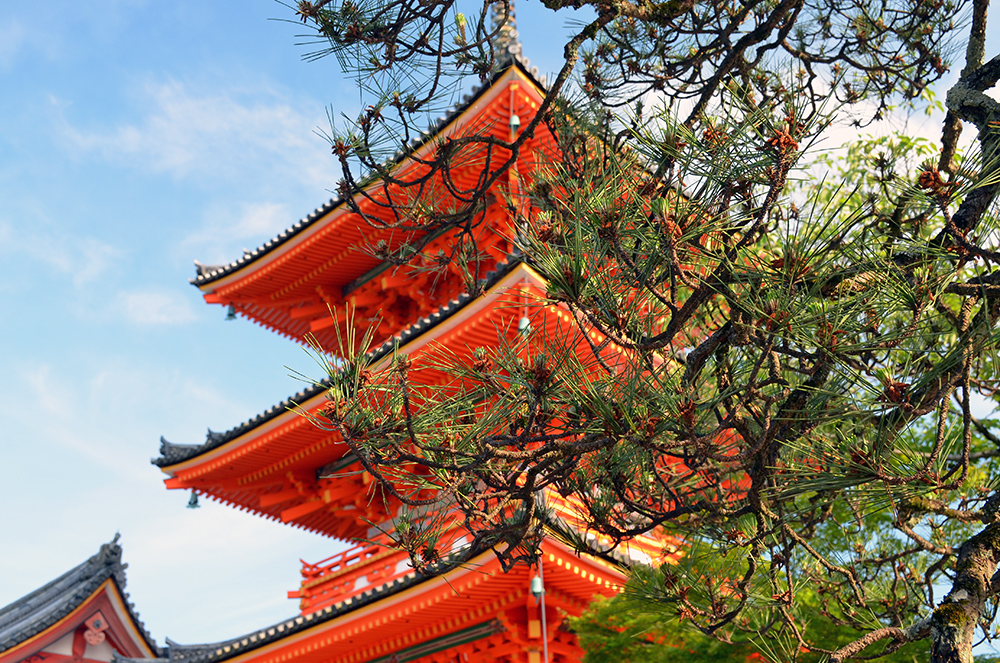

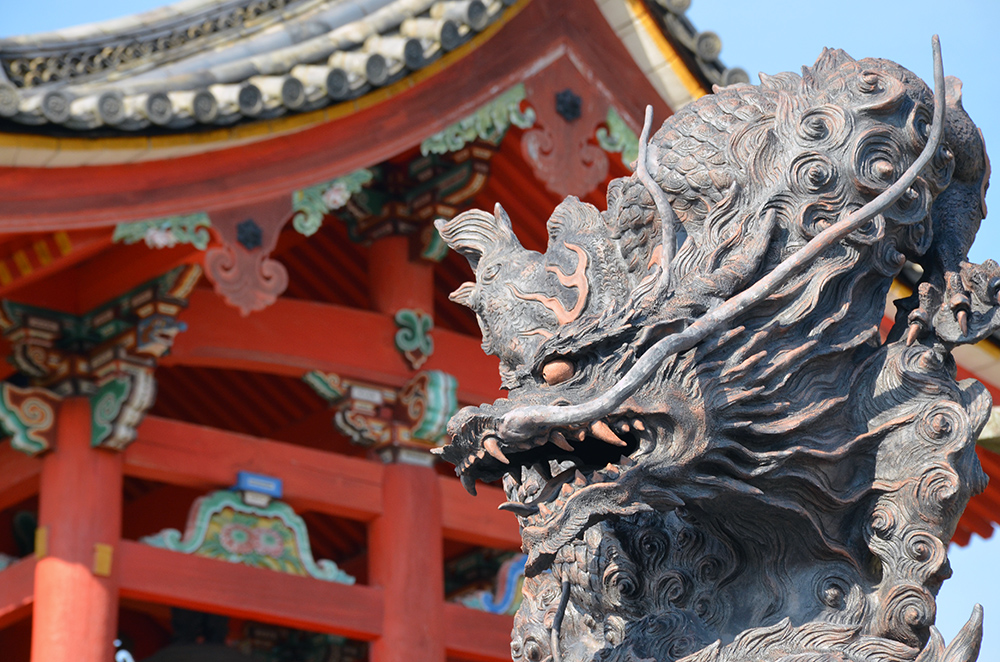

We visited Fushimi Inari-taisha located at the base of a mountain in Kyoto. While Inari is first the god of rice, the Japanese also see Inari as a patron of business. Each of the torii (red gates) was donated by a Japanese business and the shrine area includes more than 32,000 sub-shrines to Inari. The area was very picturesque. Ryan and I walked all the way to the top of the mountain which took a couple hours, since it was all uphill and we need to stop to take pictures - and breathe.
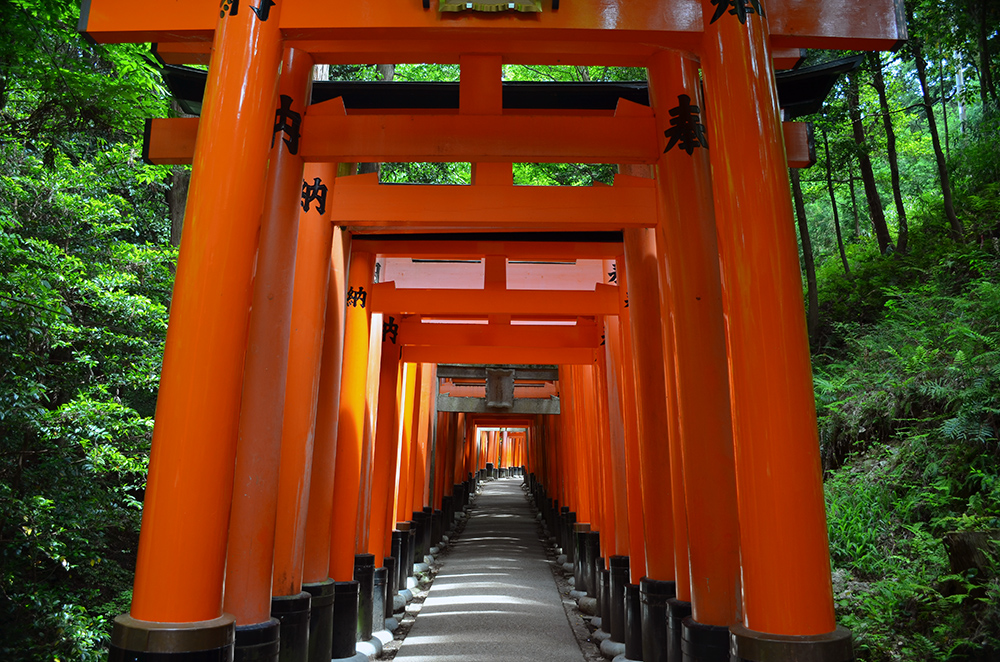
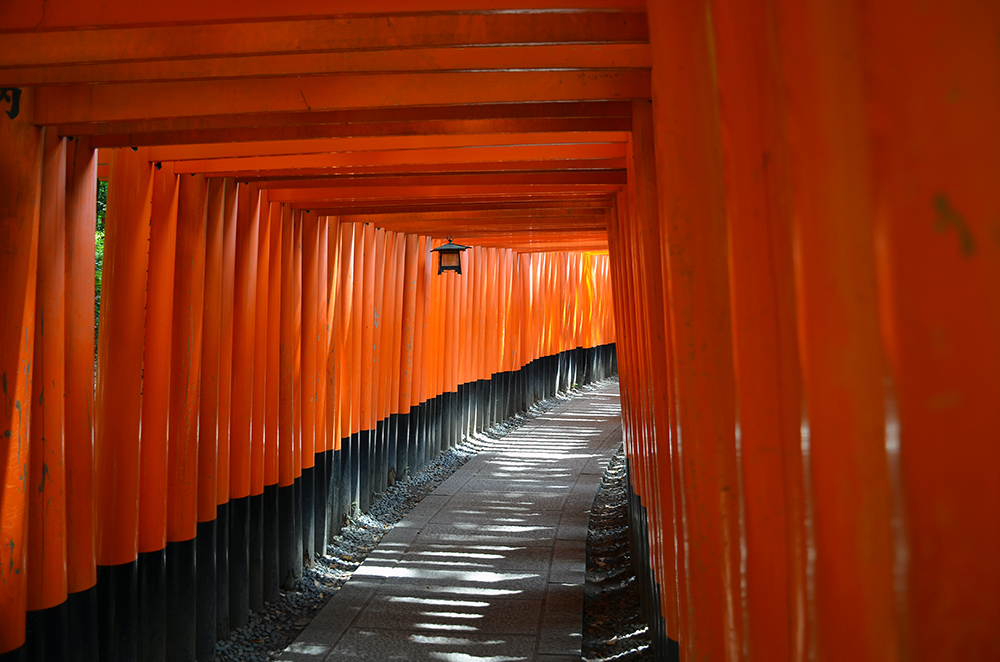
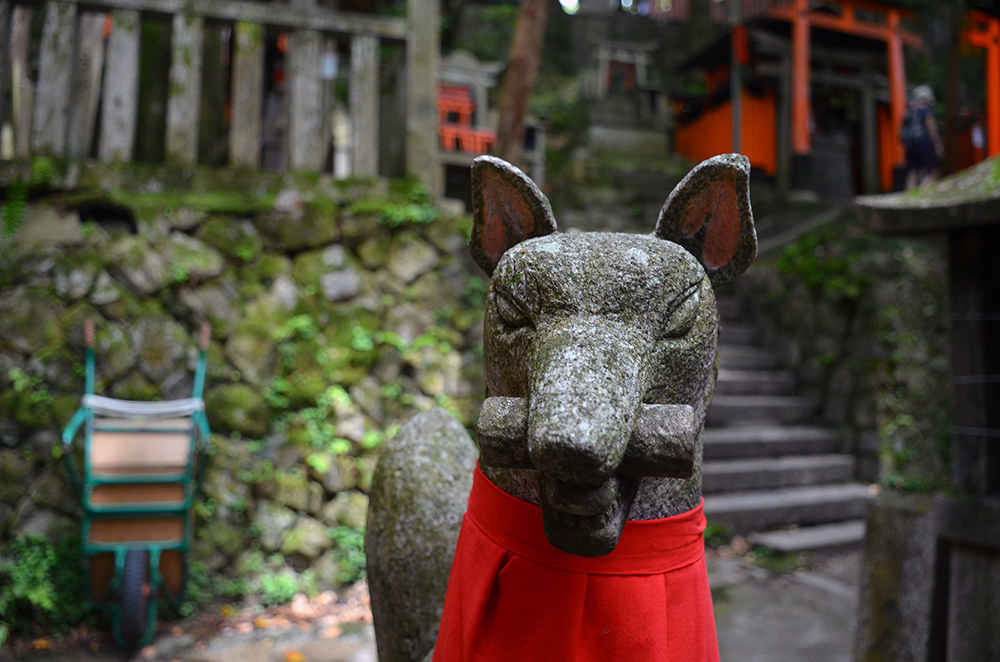
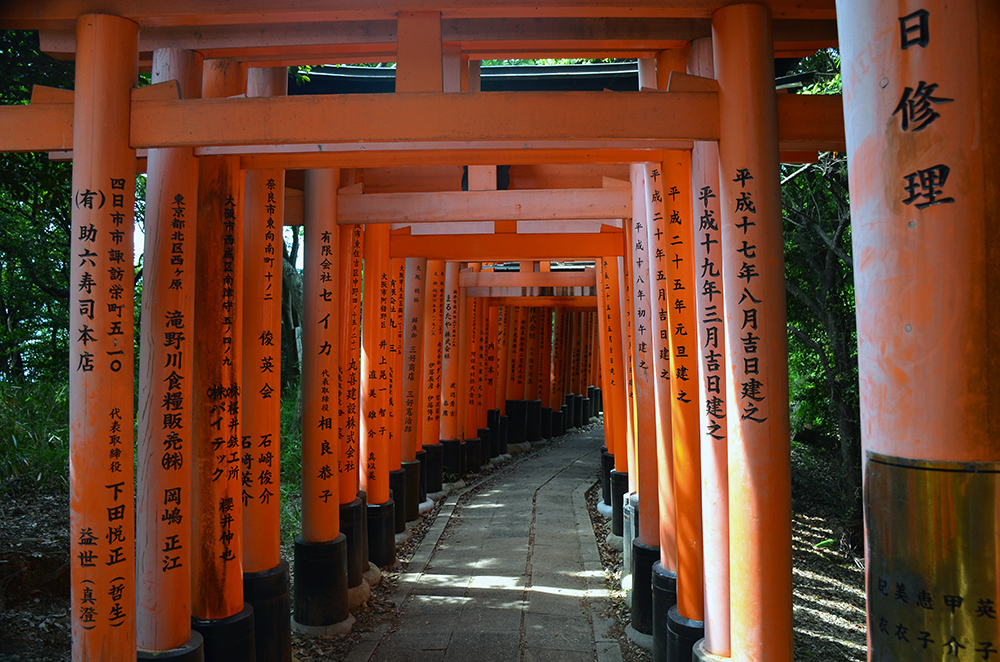
Kyoto was the first place in Japan where we visited the local food market and ate delicious ramen. (Later in Tokyo I will proceed to eat the same type of ramen from one shop near the train station, three times during our stay.) Also near the market was a little coffee shop selling local beans, which Ryan sampled and purchased. Delicious green tea and yummy fried things were all consumed near the Kyoto food market.
One evening we wondered over to the Kyoto Train Station to check the light show on the steps. It was something advertised in one of the tourist brochures we found. I think there were several times during our travels where we sought out light shows and then were disappointed by the display. There's always the part where Ryan breaks it down into all the ways the show could be so much better and if he worked for them, he would make the lights animate in a better, more interesting way. The critique usually takes about five minutes and then he remembers some other project or animation he's seen. Eventually his thoughts shift back towards more tuneless whistling.
It was fun to watch people walk down the stairs because it looks like they are some kind of 8-bit character from a Nintendo game. Ryan made numerous videos of this to be viewed at a later date. We then walked down the stairs and pretended to be 8-bit characters from a Nintendo game.
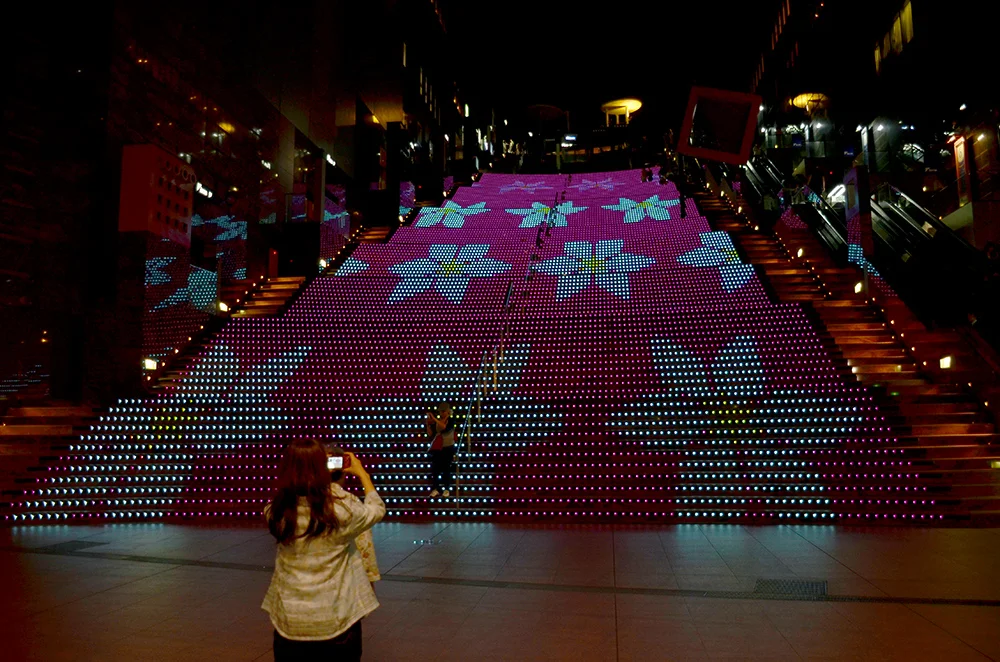
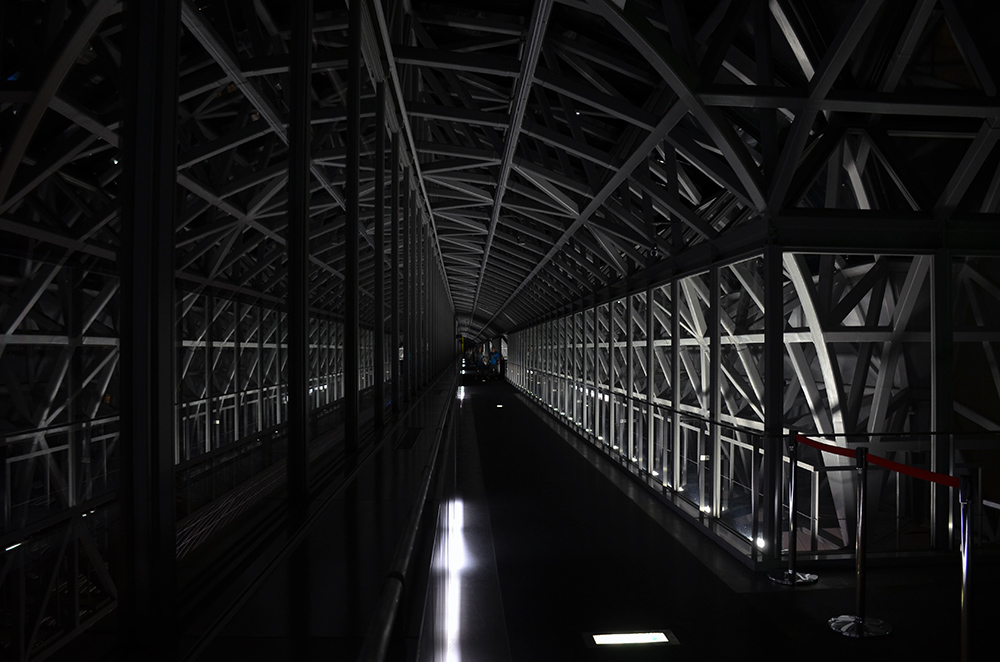
Like Nara, Kyoto was a unique place to spend a couple days wondering around, taking pictures and eating and drinking with locals. Despite our terrible language skills, we had a lot of fun talking to people and owe Google Translate and T-Mobile many thanks for making the experience more enjoyable.
Here are more pictures still.
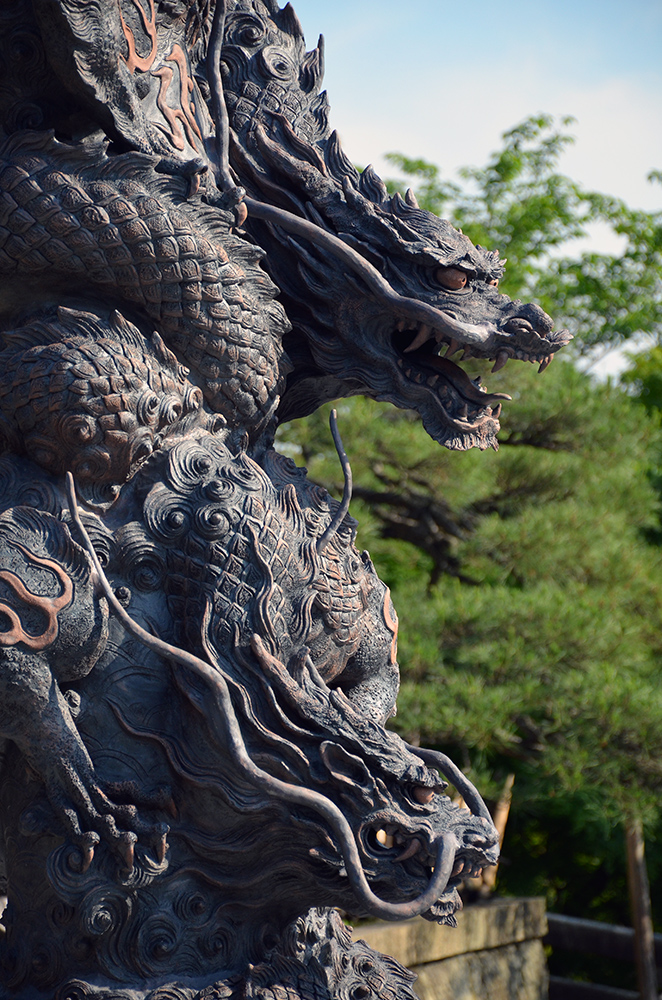
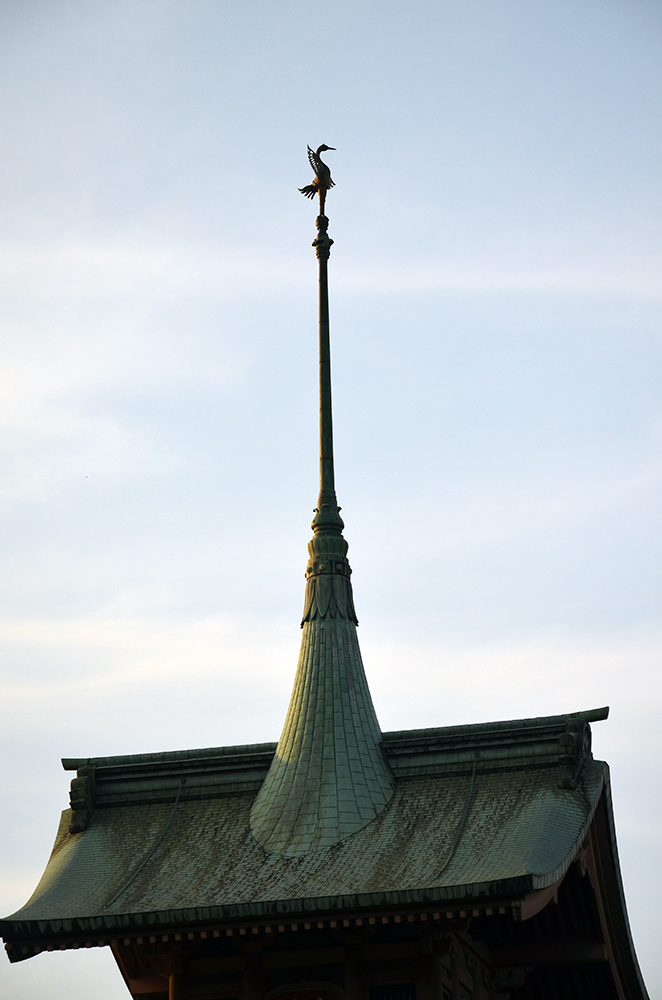
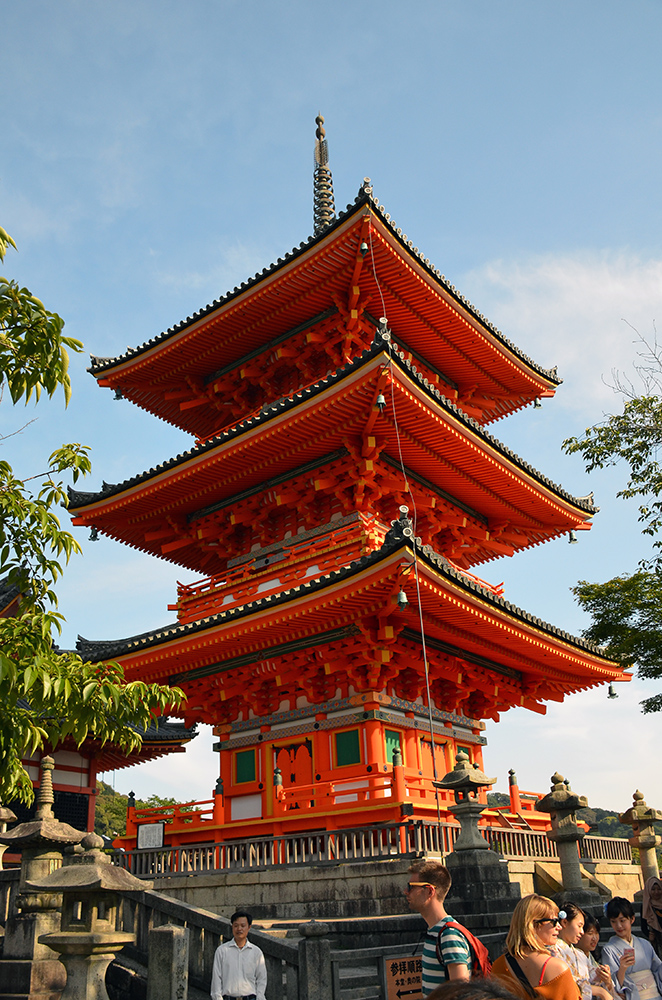
Our next stop: Kanazawa! To discover more castles, gardens and old towns.










